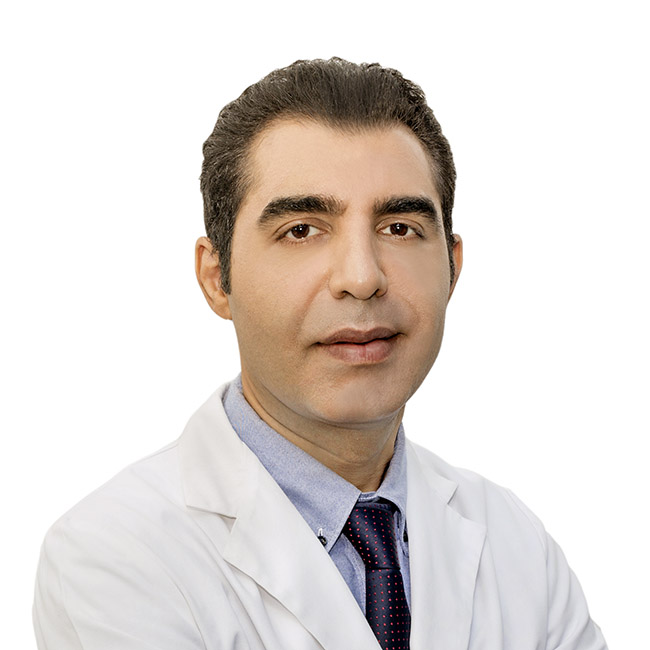Tinnitus
Tinnitus, a perplexing auditory disorder, is characterized by the perception of ringing or other noises in one or both ears. Unlike external sounds, tinnitus is internally generated, and others typically cannot perceive it. Prevalent among approximately 15-20% of individuals, tinnitus is more common in the elderly population.
The underlying etiology of tinnitus often involves age-related hearing loss, ear damage, or circulatory system disturbances. For many patients, tinnitus can be ameliorated by addressing the root cause or employing treatments that reduce or mask the perceived sounds, thus minimizing the impact of tinnitus. In this discourse, we delve into the intricacies of tinnitus pathology.
Categorizing Tinnitus - Unraveling Its Multifaceted Nature
Tinnitus can be divided into two primary categories:
Objective Tinnitus: The most prevalent form, objective tinnitus, arises due to issues in the outer, middle, or inner ear. It may also be linked to auditory nerve dysfunction or impairments within the auditory pathway in the brain, responsible for interpreting nerve signals as sound.
Subjective Tinnitus: A rare form perceivable only by the affected individual, subjective tinnitus is evident during medical examinations. It may result from blood vessel abnormalities, middle ear bone conditions, or muscle spasms.
The Diverse Etiologies of Tinnitus
Tinnitus can arise from various causative factors, with anxiety and stress emerging as significant contributors that affect neural and functional processes. Among the factors associated with tinnitus development are:
- Middle-age hearing loss
- Exposure to loud noises
- Ear tumors
- Autosclerosis
- Meniere's disease
- Temporomandibular joint disorders
- Head and neck injuries
- Auditory nerve tumors
- Hypertension
- Arteriovenous malformations
- Abnormal blood flow
Clinical Manifestations of Tinnitus
As previously noted, tinnitus engenders the perception of bothersome sounds that have no external source and remain imperceptible to others. Common symptoms include:
- Ringing in the ears
- Buzzing and roaring sounds
- Wind-like noises and hissing
- Clicking
These sounds may range from faint murmurs to resounding roars, affecting one or both ears intermittently or persistently. In severe cases, tinnitus may impede focus and compromise the perception of actual external sounds.
Diagnosing Tinnitus
Otolaryngologists typically diagnose tinnitus based on patients' reported symptoms. However, in order to address the symptoms effectively, it is essential to identify any underlying conditions causing tinnitus. In some cases, the etiology of tinnitus remains elusive despite extensive investigation.
To ascertain the cause of tinnitus, medical professionals take a thorough medical history and perform ear, head, and neck examinations. Diagnostic tests commonly used include:
Audiometry: This test involves sitting in a soundproof room and wearing headphones that emit specific sounds to each ear. Patients indicate when they can perceive the sounds, and the results are compared to age-appropriate norms, facilitating the identification of potential causes.
Vestibular and Eye Movement Tests: By asking patients to perform specific eye movements, jaw clenching, or neck, arm, and leg movements, doctors can assess if tinnitus changes or worsens, indicating underlying disorders that require treatment.
Imaging Tests: Depending on suspected etiologies, additional imaging tests such as CT scans or MRIs may be necessary.
Blood Tests: Blood tests can identify anemia, thyroid dysfunction, heart disease, or vitamin deficiencies associated with tinnitus.
Treatment Approaches for Tinnitus
Diagnosis of the primary cause of tinnitus is the first step towards devising an effective treatment plan. For many cases, tinnitus can be managed using the following measures:
Ear Desensitization: Descensitizing therapies can alleviate tinnitus symptoms.
Vascular Disease Treatment: Vascular disease may necessitate medication, surgery, or other interventions.
Medication Adjustments: If medication is identified as the cause of tinnitus, physicians may discontinue, reduce dosage, or prescribe alternative drugs.
Proper Ear Infection Management
Avoidance of Ototoxic Drugs
Treatment of Temporomandibular Joint Disorders affecting the jaw and cheek bone junction
While no definitive cure exists for tinnitus in many cases, most individuals habituate to the condition over time. Disregarding the issue and refraining from fixation may yield the most favorable outcomes. Addressing comorbidities such as insomnia, anxiety, depression, and fostering strong social relationships can significantly improve quality of life for those afflicted with tinnitus. Engaging in hobbies or seeking support from trusted friends and family can mitigate stress levels, while avoiding exposure to loud noises can minimize tinnitus severity. As a medical professional specializing in Tinnitus, I advocate for comprehensive tinnitus management, prioritizing personalized care plans to optimize patient well-being. By staying abreast of the latest advancements in tinnitus research and clinical practices, we endeavor to provide patients with ongoing support as they navigate their path towards improved auditory health and tinnitus control. Through a multidisciplinary approach and meticulous monitoring, we aspire to empower patients in embracing a fulfilling life, unburdened by the challenges posed by tinnitus.


